The Reading Crisis

“Not all children with language-based difficulty in reading are dyslexic.”
(Uhry, Joanna. “The Role of Phonemic Awareness in Learning to Read and Spell Successfully,” Perspectives on Language and Literacy, IDA, Winter, 2013)
We know that dyslexia is a huge problem, and it contributes to what can best be described as a national reading crisis. Am I blowing the situation out of proportion by calling it a crisis? Well, beginning in the fall of 2019, approximately 50 million students attended public elementary and secondary schools. Approximately 35 million are in grades Pre-K through 8th grade, and approximately 15 million are in grades 9 through 12. An additional 5.2 million students, approximately, are enrolled in private elementary and secondary schools. The grand total is approximately 55.2 million students attending elementary and secondary schools in the United States. And the Yale Center for Dyslexia and Creativity tells us that 1 in five students has dyslexia or 20%, based upon the discrepancy model. Feel free to check my math, but 20% of 55.2 million is 11,040,000. Does the word, “crisis” fit yet? Wait, it gets worse.
According to the 2019 report of the National Assessment of Educational Progress (NAEP), 63% of all American 12th graders are Below Proficient in reading. What does “Below Proficient” mean? Well, student scores are grouped into three labels: “Basic”, “Proficient”, and “Advanced”.
Basic Level
A severe lack of performance/a limited performance
Little or flawed understanding/partial, rudimentary understanding
Cannot answer simple questions
Unable to accurately decode the passage/barely able to finish the passage
Limited knowledge of author’s purpose, etc.
Proficient Level
A solid performance
Competent and adequate understanding
Can make reasonable inferences
Read with fluency and accuracy
Comprehend a deeper sense of written material
Advanced Level
A superior performance
Comprehensive and complex understanding
Can make elaborate inferences
Compare/contrast
Use material as a bridge to new, progressive concepts
Again, NAEP reports that 63% of graduating 12th graders in the United States read below the level of “Proficient”, the “Basic” level. There has long been a correlation between 4th grade reading scores and 12th grade reading scores. Essentially, if we don’t catch them by 4th grade, we won’t catch them. Thanks to NAEP, we have been able to track the scores of students who were in the 4th grade in 2007, and who were in the 12th grade at the end of last year. The scores remain relatively unchanged as students who were “Below Proficient” readers in 4th grade remain so as graduating seniors. This alarming statistic may be broken down into ethnic groups revealing the following data referencing “Below Proficient” readers:
83% of African-American 12th graders
78% of Hispanic-American 12th graders
71% of Native-Americans 12th graders
54% of European-American 12th graders
51% of Asian-American 12th graders
TOTAL: 63% of all American graduating 12th graders are Below Proficient
Therefore, in addition to dyslexics, we have struggling readers who present in the form of students from socially-challenged and economically deprived areas where resources are lacking, and we have burgeoning population of students for whom English is not their first language. And they present their collective, smiling faces in our nation’s classrooms and schools each morning. But think about what we are leaving on the table. To further enforce this, remember that we have 55.2 million students in our educational system, Pre-K through 12th grade. Again, check my math, but 63% of 55.2 million is 34.6 million students. If we subtract the number of dyslexics (11,040,000) from the number of readers who read on the “basic” level (34,600,000), we are left with a grand total of 25,360,000 students who are struggling to decode the English language simply because teachers are unable to teach the science of reading. Let’s dramatize this. In order to reach a total of 34.6 million people, imagine each and every living person in the twenty largest cities in America, COMBINED!


